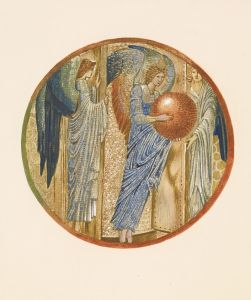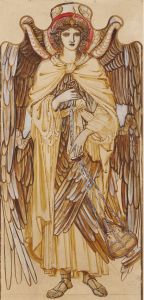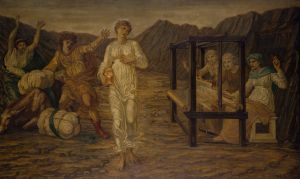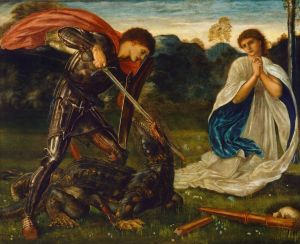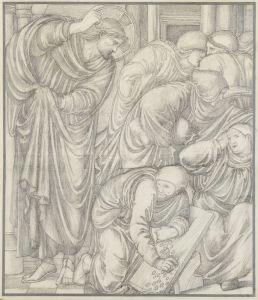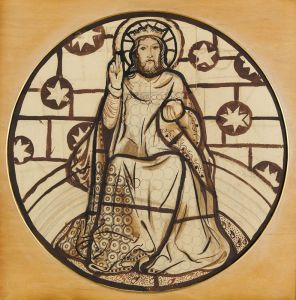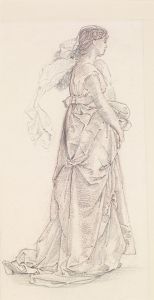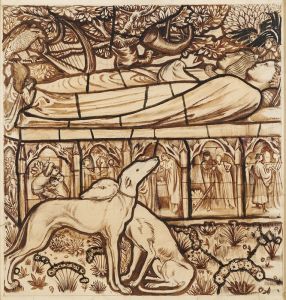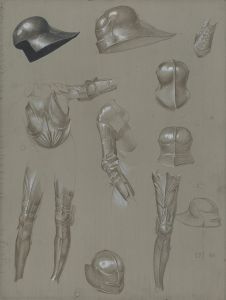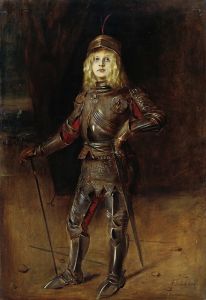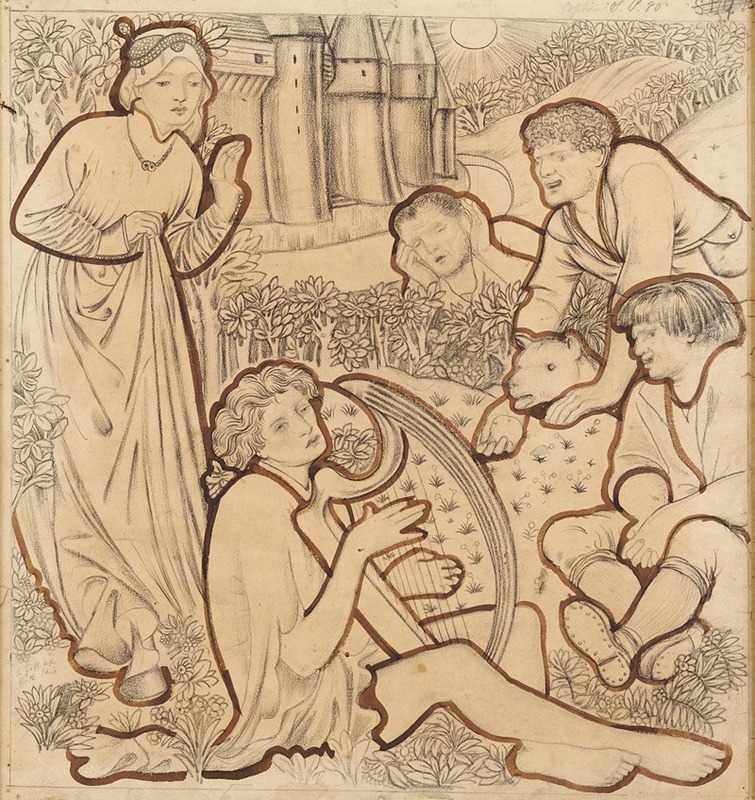
The Madness of Sir Tristram
A hand-painted replica of Sir Edward Coley Burne-Jones’s masterpiece The Madness of Sir Tristram, meticulously crafted by professional artists to capture the true essence of the original. Each piece is created with museum-quality canvas and rare mineral pigments, carefully painted by experienced artists with delicate brushstrokes and rich, layered colors to perfectly recreate the texture of the original artwork. Unlike machine-printed reproductions, this hand-painted version brings the painting to life, infused with the artist’s emotions and skill in every stroke. Whether for personal collection or home decoration, it instantly elevates the artistic atmosphere of any space.
"The Madness of Sir Tristram" is a painting by the British artist Sir Edward Coley Burne-Jones, a prominent figure in the Pre-Raphaelite Brotherhood, an art movement that emerged in the mid-19th century. This movement sought to return to the detail, intense colors, and complex compositions of Quattrocento Italian art. Burne-Jones, known for his romantic and mythological subjects, often drew inspiration from medieval literature and legends, which is evident in this particular work.
The painting depicts a scene from the Arthurian legend of Tristan and Isolde, a popular medieval romance that tells the tragic story of the knight Tristan and his love for the Irish princess Isolde. The narrative is part of a larger body of Arthurian legends, which have been retold in various forms since the 12th century. In the legend, Tristan is a noble knight who falls in love with Isolde, the wife of his uncle, King Mark of Cornwall. Their love is often portrayed as passionate yet doomed, leading to a series of tragic events.
In "The Madness of Sir Tristram," Burne-Jones captures a moment of intense emotional turmoil. The painting illustrates the episode where Sir Tristram, driven to madness by the complexities and sorrows of his love for Isolde, wanders aimlessly. This theme of madness is a poignant element of the Tristan and Isolde story, symbolizing the destructive power of love and the inner conflict faced by the knight.
Burne-Jones's style is characterized by its dreamlike quality and meticulous attention to detail. In this painting, he employs a rich color palette and intricate patterns, which are hallmarks of his work. The figures are rendered with a sense of grace and melancholy, reflecting the emotional depth of the narrative. The composition is carefully structured, drawing the viewer's eye to the central figure of Sir Tristram, whose expression and posture convey his inner turmoil.
The painting is part of Burne-Jones's broader exploration of Arthurian themes, which he revisited throughout his career. His fascination with these legends is evident in several of his works, where he often focused on the emotional and psychological aspects of the characters. Burne-Jones's interpretation of these stories was influenced by his interest in medievalism and his desire to evoke a sense of nostalgia for a bygone era.
"The Madness of Sir Tristram" reflects Burne-Jones's ability to blend narrative and emotion with his distinctive aesthetic style. The painting not only captures a specific moment from the legend but also invites viewers to contemplate the broader themes of love, madness, and the human condition. Through his work, Burne-Jones contributed to the revival of interest in medieval literature and art, leaving a lasting impact on the Victorian art scene.
While specific details about the painting's creation, such as its exact date and current location, are not widely documented, it remains an important example of Burne-Jones's engagement with literary themes and his contribution to the Pre-Raphaelite movement. His work continues to be celebrated for its beauty, complexity, and emotional resonance, securing his place as one of the leading artists of his time.





